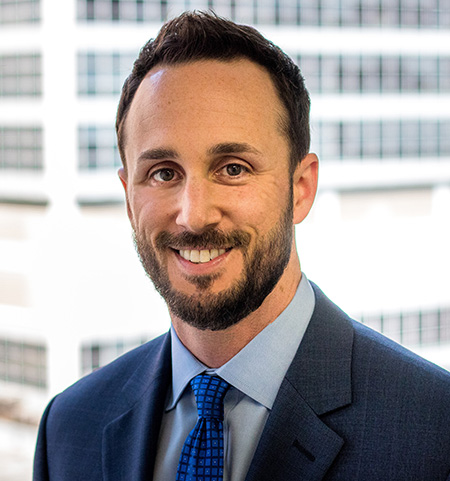December | 2021
Office Assets Are Moonlighting As Medical Office to Sell
Medical office is on the short list of real estate assets to emerge from the pandemic better off. The property sector proved to be resilient through the pandemic with steady rent collections and strong tenant demand.
“The attraction to healthcare real estate spring boarded out of the way that the market weathered the storm in 2020. Now, there is a flight to healthcare by people that weren’t in the space before and there is a larger allocation of dollars coming to healthcare assets. Investors saw that in the worst of the pandemic, healthcare was still able to perform,” Jon Boyajian, a principal at Echo Real Estate Capital, tells GlobeSt.com. Boyajian is speaking on trends in healthcare investment at the GlobeSt.com Healthcare conference currently underway.
As the healthcare market has heated up, demand in the office sector has waned—but office properties with a medical office tenant are rebranding to generate investor interest. Properties with as little as 25% medical office are being marketed as healthcare. “All you need is one medical office tenant, and it is trying to be pitched as a medical office deal,” says Boyajian. “It may have insurance offices, marketing firms, accountants and a smattering of other office uses, but if you have one healthcare tenant, it is being billed as a value-add medical office deal.”
The intention behind these deals is that the new ownership could convert the remaining units to medical office tenants over time. “That is easy to say but it is actually really hard to do,” says Boyajian. “Converting office space in to medical is a challenge because it requires so much more plumbing for wet exam rooms.” Coring through concrete floors is just the tip of the iceberg. Other costly renovations include adding extra HVAC, better air filtration systems and installing lead-lined walls for imaging. “This is very costly stuff,” says Boyajian.
That isn’t to say that general office-to-medical office conversions aren’t possible. “It can happen, and we are doing it,” says Boyajian. “We converted a general office space into a dialysis space. You should have seen the work that had to go into converting that space. It was incredibly expensive and it took a lot of time. There are opportunities, but not every opportunity is created equal.”
Despite the high cost of conversion, these value-add conversion deals are still trading at a below a 6% cap rate. “There are more people chasing fewer deals, and that is when pricing gets driven up,” says Boyajian. “It is hard to have an exit strategy on a value-add deal at a sub 6% cap rate.”
—
